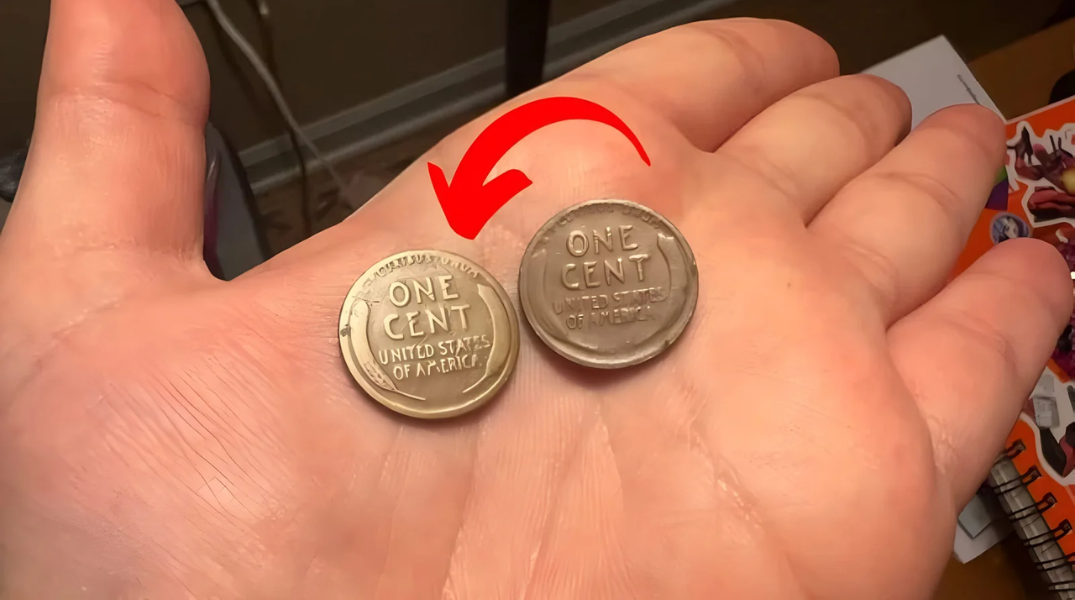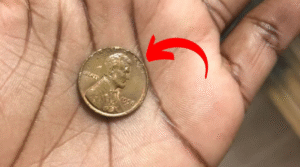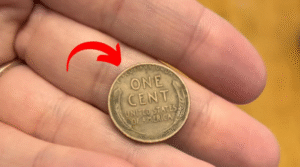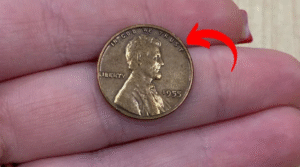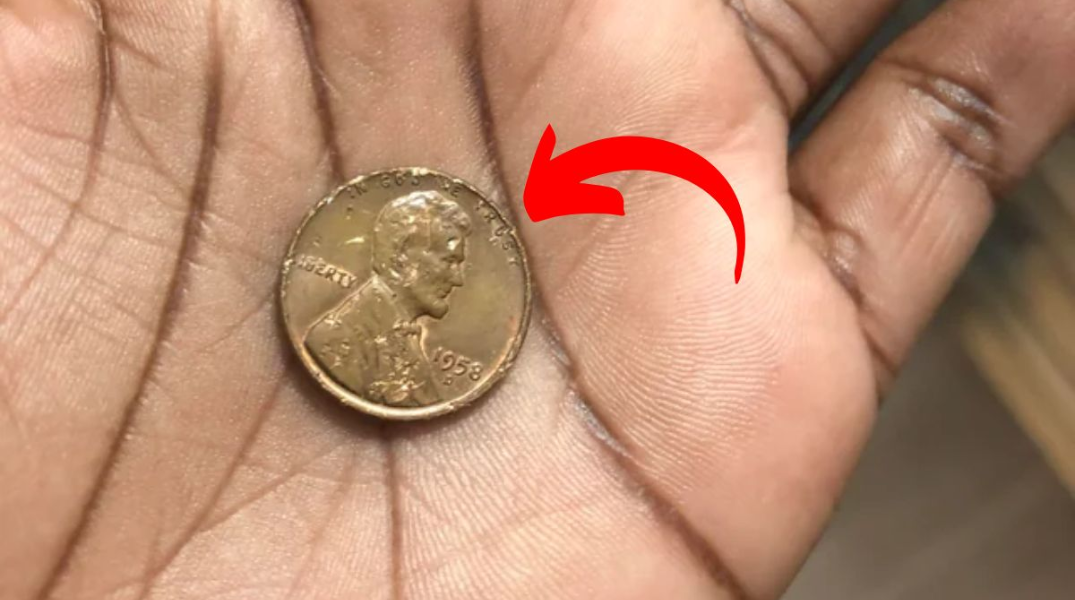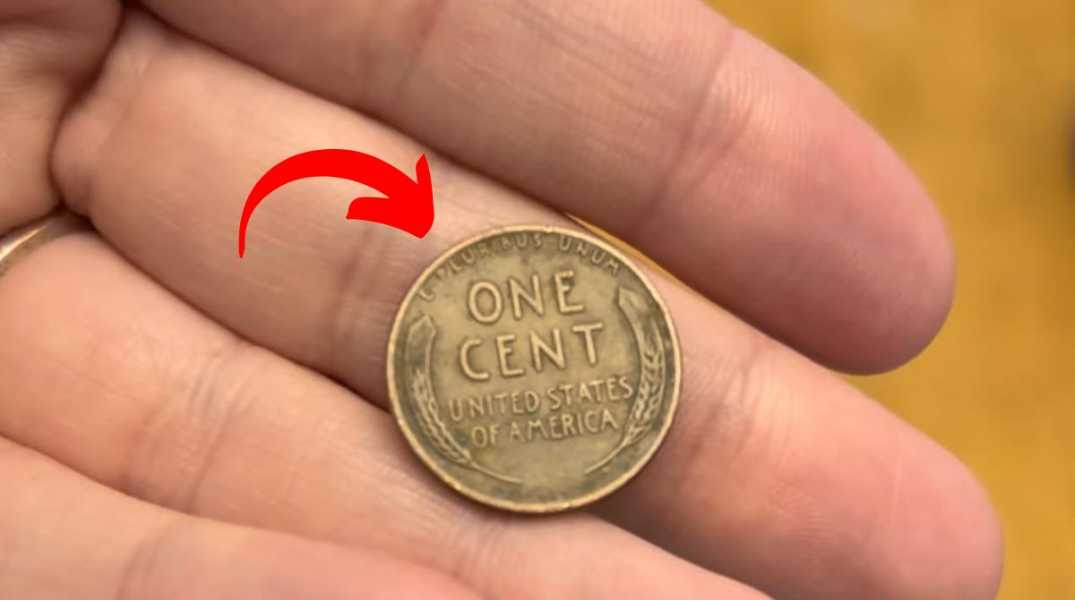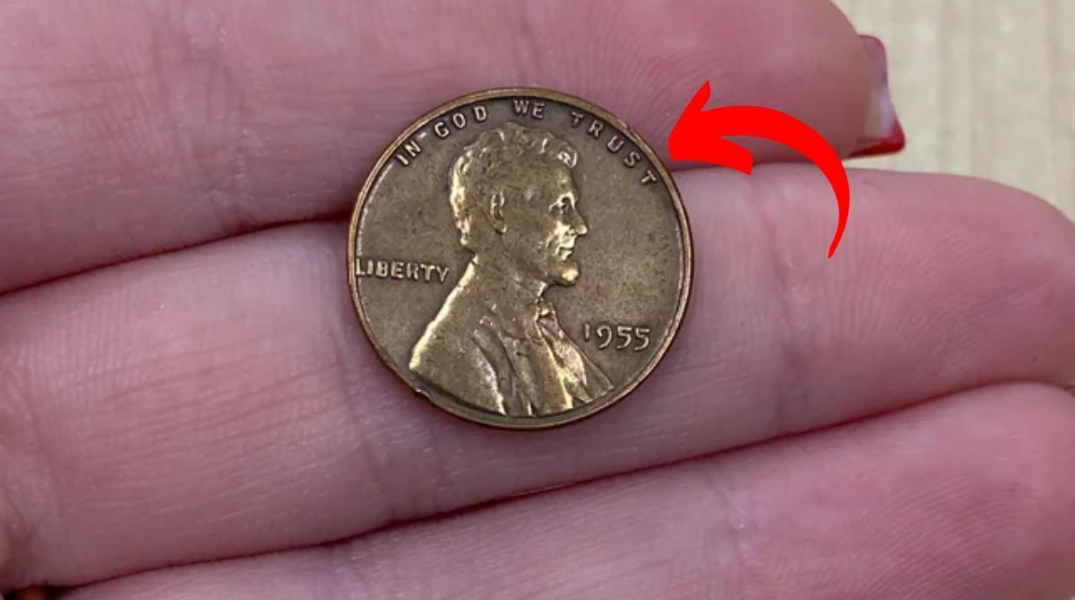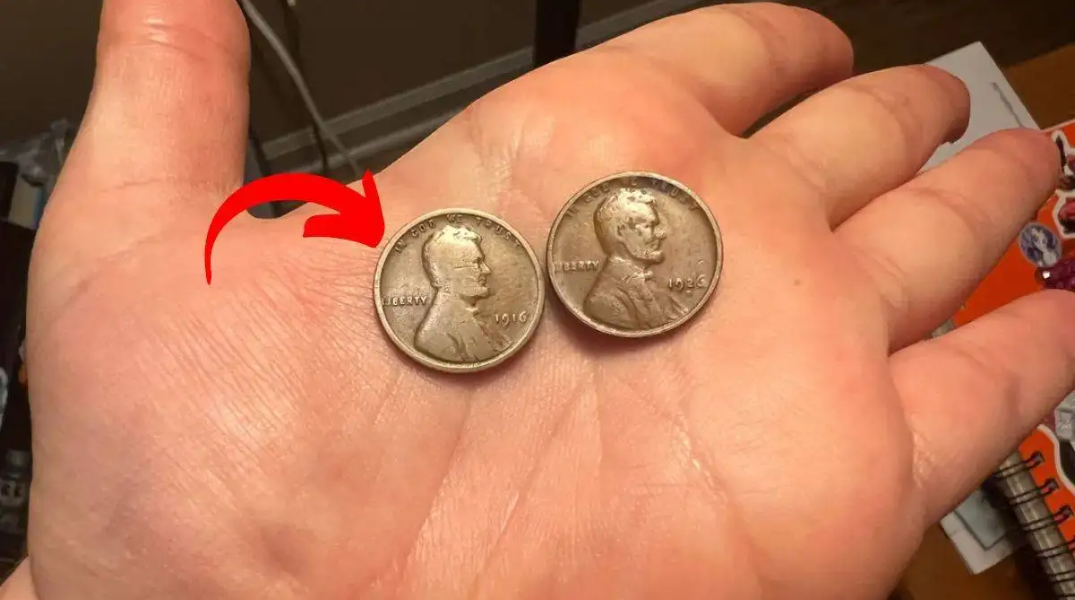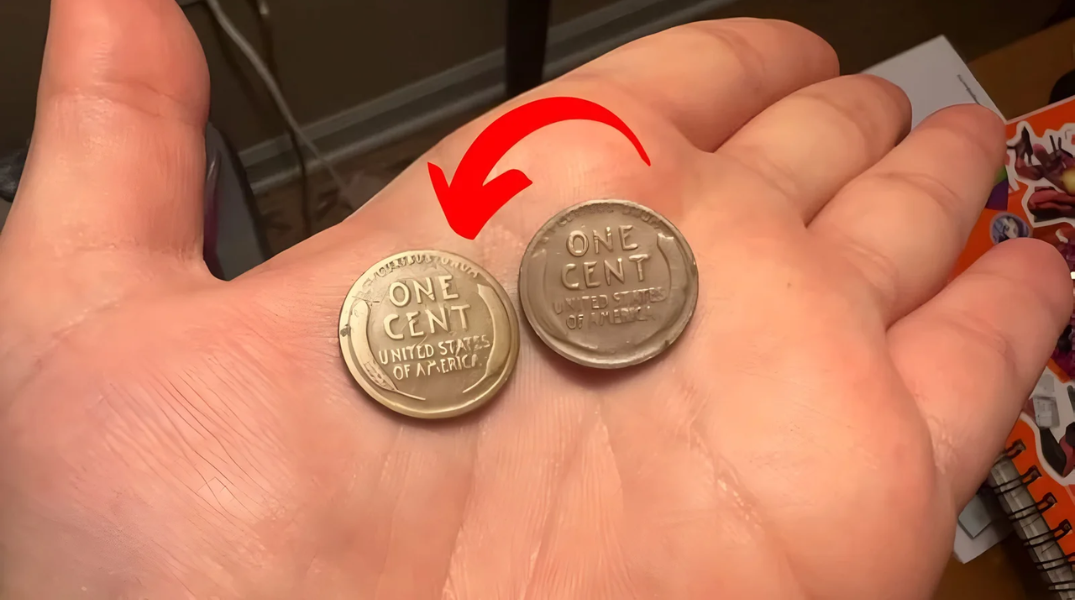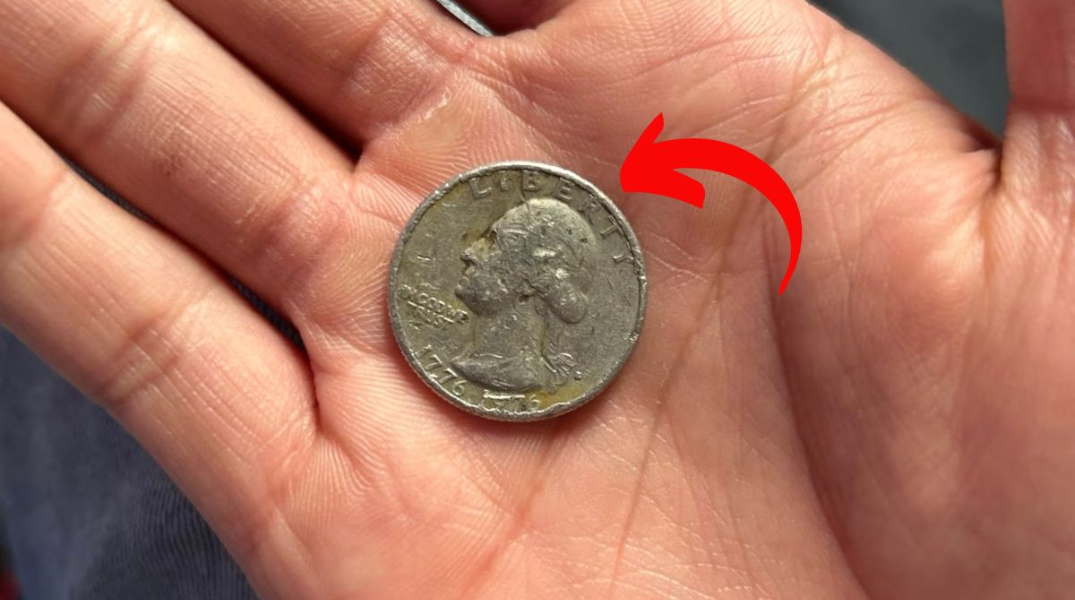The Lincoln Wheat Penny Valued at $4.5 Million – First minted in 1909, the Lincoln Wheat Penny holds the distinction of being the first U.S. coin to feature a real person — none other than President Abraham Lincoln. This marked a significant departure from the traditional use of Lady Liberty on American currency. Designed by Victor David Brenner, the obverse shows Lincoln’s profile, while the reverse features two wheat stalks flanking the words “ONE CENT.”
These pennies were produced until 1958, when they were replaced by the Lincoln Memorial design. But among the nearly 50 years of Wheat Penny production, a handful of coins have emerged as exceptionally rare — and outrageously valuable.
The Famous 1943 Copper Penny: America’s Accidental Rarity
During World War II, copper was in high demand for military use, so the U.S. Mint temporarily switched to zinc-coated steel for penny production in 1943. However, a few leftover copper planchets (coin blanks) from 1942 accidentally made their way into the presses, resulting in a rare misprint: the 1943 copper penny.
Fewer than two dozen genuine examples are known to exist, and collectors go wild for them. The most expensive 1943 copper penny ever sold went for $4.5 million in 2010. The only known 1943-D (Denver mint) copper penny is even more legendary — and is estimated to be worth more than $2 million.
Other High-Value Lincoln Wheat Pennies to Watch For
The 1943 copper penny may be the crown jewel, but it’s not alone in its value. Other Lincoln Wheat Pennies that can fetch high prices include:
- 1909-S VDB – Only 484,000 of these were minted in San Francisco with the designer’s initials. Top-grade examples can sell for $50,000+.
- 1914-D – A low mintage from Denver makes this coin another collector favorite.
- 1922 No D – A variety struck in Denver with a missing mintmark, adding rarity.
- 1955 Doubled Die – Shows clear doubling of the date and lettering, making it one of the most famous error coins in U.S. history.
Each of these coins can be worth anywhere from a few hundred to several hundred thousand dollars depending on condition, mint mark, and rarity.
How to Tell if You’ve Found a Rare Penny
Think you’ve struck gold (or copper)? Here’s how to do a quick at-home check:
- Use a Magnet: 1943 steel pennies stick to magnets. Genuine 1943 copper pennies do not.
- Weigh It: Copper pennies weigh about 3.11 grams, while steel pennies weigh around 2.7 grams.
- Watch for Fakes: Some scammers try to make 1948 pennies look like 1943 by altering the “8.” Under magnification, these fakes are often detectable.
- Seek Professional Grading: If you suspect you’ve got a valuable coin, consult a reputable grading service like PCGS or NGC for authentication.
Are Million-Dollar Pennies Still Out There?
While most of these valuable pennies have likely been pulled from circulation, there’s always a slim chance one remains hidden — in a dusty jar, an old dresser drawer, or an inherited collection. Stories of people finding valuable coins in inherited piggy banks or flea market junk bins continue to surface, feeding the dreams of everyday treasure hunters.
Why Coin Collecting Still Captivates America
Coin collecting isn’t just about profit — it’s a portal into history. Each penny has a story. From wartime metal shortages to economic struggles and design changes, coins reflect the American journey in small but meaningful ways.
The Lincoln Wheat Penny series, in particular, appeals to both beginners and seasoned collectors. It offers affordable starting points and highly valuable rarities to chase — a perfect combination for hobbyists and investors alike.
FAQs About the Lincoln Wheat Penny and Rare Coins
Q: Are Lincoln Wheat Pennies still in circulation?
A: Rarely. While most have been pulled from circulation, it’s still possible to find one in old collections or jars of change.
Q: Can I find a 1943 copper penny in my pocket change?
A: It’s highly unlikely, but not impossible. Most were discovered decades ago, but new finds have occurred.
Q: What’s the easiest way to check if a coin is valuable?
A: Look at the date and mint mark, weigh it, and compare it to known rarities. If it matches a rare variety, get it professionally graded.
Q: What does “VDB” mean on a penny?
A: These are the initials of designer Victor David Brenner. On some 1909 pennies, they appear on the reverse and are a key indicator of rarity.
Q: Is the $130 million penny real?
A: No. There is no verified sale of a Lincoln Wheat Penny for $130 million. That figure is likely clickbait or a gross exaggeration. The highest confirmed sale is $4.5 million.
Q: Should I clean my old pennies to make them look better?
A: No. Cleaning can damage coins and drastically reduce their value. Always leave them in their original state.
Final Thoughts
The tale of the Lincoln Wheat Penny is a powerful reminder that even the smallest things can hold tremendous value. Whether you’re a collector or just curious about what’s in your change jar, keep an eye out — because that old penny might just be worth a fortune.
Disclaimer
This article is intended for informational purposes only. Coin values are influenced by condition, market demand, and rarity. If you believe you have a rare coin, seek evaluation from a professional coin grading service such as PCGS or NGC. Be cautious of exaggerated claims found online or in viral social media posts.
